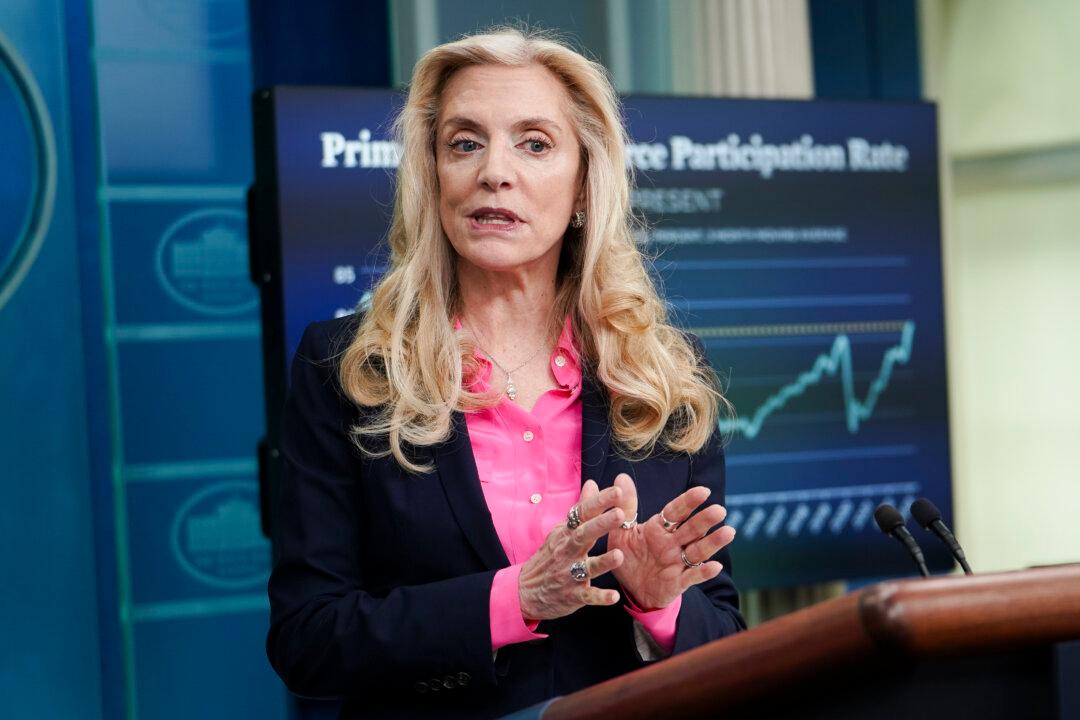The lack of affordable housing continues to be a “pain point” for too many Americans, Lael Brainard, the director of the National Economic Council, said before the Urban Institute on June 20.
Over the past three years, rents have surged 21 percent, and median home prices have soared as much as 40 percent. Despite a strong labor market and higher wage gains, Ms. Brainard conceded that “housing costs have been extremely difficult for many households.”





